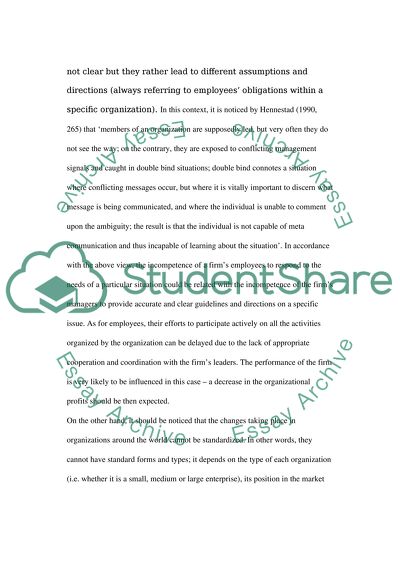Cite this document
(“THE RELATIONSHIP BETWEEN MANAGEMENT AND PERSONAL MANAGEMENT Essay - 2”, n.d.)
Retrieved from https://studentshare.org/miscellaneous/1545311-the-relationship-between-management-and-personal-management-competencies
Retrieved from https://studentshare.org/miscellaneous/1545311-the-relationship-between-management-and-personal-management-competencies
(THE RELATIONSHIP BETWEEN MANAGEMENT AND PERSONAL MANAGEMENT Essay - 2)
https://studentshare.org/miscellaneous/1545311-the-relationship-between-management-and-personal-management-competencies.
https://studentshare.org/miscellaneous/1545311-the-relationship-between-management-and-personal-management-competencies.
“THE RELATIONSHIP BETWEEN MANAGEMENT AND PERSONAL MANAGEMENT Essay - 2”, n.d. https://studentshare.org/miscellaneous/1545311-the-relationship-between-management-and-personal-management-competencies.


